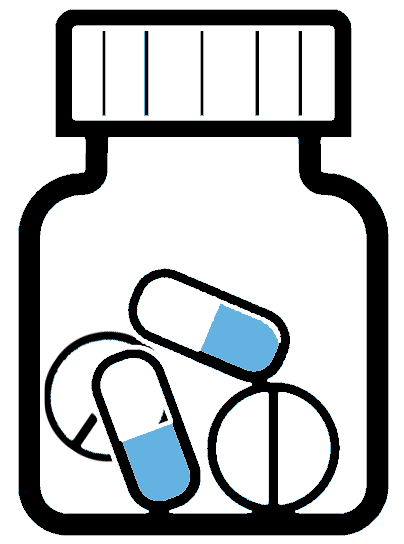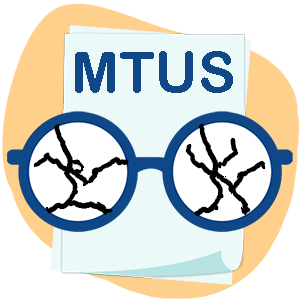CA Drug Formulary Update Effective October 1

California’s Division of Workers’ Compensation (DWC) issued an update to Medical Treatment Utilization Schedule (MTUS) drug formulary, effective October 1, 2018. The formulary identifies which drugs providers must obtain prospective authorization from the claims administrator to prescribe or dispense.
The update order adds 28 drugs to the list — almost all of which require authorization — bringing the total number of listed drugs from 283 to 311.
Formulary 101
The drug formulary went into effect on January 1, 2018, as required by State Assembly Bill 1124. The idea behind the formulary was to simultaneously cut costs while taking action against the nationwide epidemic of opioid abuse initially brought on by over-prescription of highly addictive drugs.
The formulary lists drugs in alphabetical order, designating each:
- Exempt - not requiring prospective authorization, or
- Non-exempt - requiring prospective authorization
For “non-exempt” drugs, the formulary provides certain exceptions to the authorization requirement. Providers may dispense or prescribe drugs designated “special fill” when:
- The drug is generic or single-source, and
- The drug is dispensed at the initial visit, and
- The drug is dispensed within 7 days of the date of injury, and
- The supply of the drug does not exceed the number of days indicated in the formulary, and
- Use of the drug conforms to MTUS guidelines
The formulary also lists recommendations for each drug’s application from the American College of Occupational and Environmental Medicine (ACOEM).
October 1, 2018 Changes
As announced in a recent DWC Newsline, the update order seeks to align the drug formulary more closely with ACOEM Practice Guidelines, specifically the Chronic Pain Guideline and Opioids Guideline.
Of the 28 newly added drugs, only one, the emergency opioid overdose medication Naloxone, is exempt from prospective authorization. Other than Naloxone, all newly added drugs are for the treatment of chronic pain (though not all are recommended for chronic pain by the ACOEM).
Below is a complete list of the newly added drugs:
Drug |
Exemption Status |
Acetyl L‐Carnitine |
Non-exempt |
Acyclovir |
Non-exempt |
Coenzyme Q10 |
Non-exempt |
Creatine Monohydrate |
Non-exempt |
Dehydroepiandrosterone (DHEA) |
Non-exempt |
Diclofenac Sodium |
Non-exempt |
Dolasetron Mesylate |
Non-exempt |
Estradiol |
Non-exempt |
Famciclovir |
Non-exempt |
Gabapentin (Once‐daily) |
Non-exempt |
Gabapentin Enacarbil |
Non-exempt |
Lenalidomide |
Non-exempt |
Magnesium |
Non-exempt |
Melatonin |
Non-exempt |
Mirtazapine |
Non-exempt |
Naloxone HCL |
Exempt |
Ondansetron |
Non-exempt |
Oxytocin |
Non-exempt |
Pramipexole Dihydrochloride |
Non-exempt |
Pregabalin (Once‐daily) |
Non-exempt |
Pyridostigmine Bromide |
Non-exempt |
Quetiapine Fumarate |
Non-exempt |
Raloxifene Hydrochloride |
Non-exempt |
S‐Adenosylmethionine |
Non-exempt |
Sodium Oxybate |
Non-exempt |
Valacyclovir HCL |
Non-exempt |
Vitamin D3 |
Non-exempt |
Zolpidem Tartrate |
Non-exempt |
The current formulary is the third version of the list, available in its entirety on the DWC website. DaisyBill’s Drug Formulary Tool will update on October 1 to reflect the latest changes, as always.
Speaking of which, the Drug Formulary Tool is included in our Work Comp Wizard, along with our OMFS Calculator and other popular tools. Try the Wizard free today.
TRY THE WIZARD
DaisyBill provides content as an insightful service to its readers and clients. It does not offer legal advice and cannot guarantee the accuracy or suitability of its content for a particular purpose.


%20rounded.png)
.gif)

